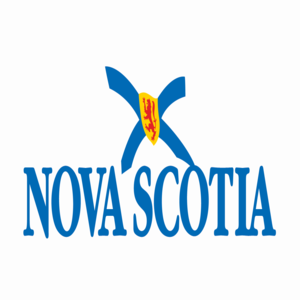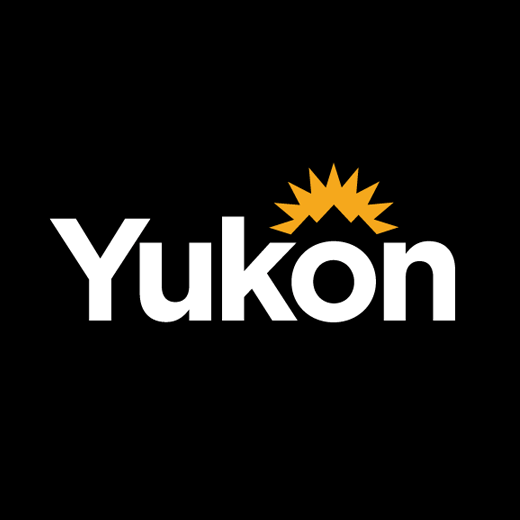village
Type of resources
Topics
Keywords
Contact for the resource
Provided by
Formats
Representation types
Update frequencies
status
-

This dataset delineates the village boundaries for Nova Scotia.
-

Place locations captured at 1:1,000,000 scale using Digital Chart of the World (DCW) datasets as the base for the Yukon and surrounding area. Place locations were captured using DCW data, the Canadian Geographic Names Data Base (CGNDB) and hard copy Government of Canada Maps. Distributed from [GeoYukon](https://yukon.ca/geoyukon) by the [Government of Yukon](https://yukon.ca/maps) . Discover more digital map data and interactive maps from Yukon's digital map data collection. For more information: [geomatics.help@yukon.ca](mailto:geomatics.help@yukon.ca)
-

Yukon Place Names are derived from the Yukon Place Name Program Database, which is the Government of Yukon's repository for storing toponymic data. The database includes information on the location, history and status of official place names in the Yukon. Although the data has been checked for correctness, there still may be errors. Please report any errors to the Yukon Toponymist: [Geographical.Names@yukon.ca](mailto:%20Geographical.Names@yukon.ca) If you wish to propose a name for a geographic feature please visit [https://yukon.ca/en/geographical-place-names](https://yukon.ca/en/geographical-place-names) . Distributed from [GeoYukon](https://yukon.ca/geoyukon) by the [Government of Yukon](https://yukon.ca/maps) . Discover more digital map data and interactive maps from Yukon's digital map data collection. For more information: [geomatics.help@yukon.ca](mailto:%20geomatics.help@yukon.ca)
-
The USGS Governmental Unit Boundaries service from The National Map (TNM) represents major civil areas for the Nation, including States or Territories, counties (or equivalents), Federal and Native American areas, congressional districts, minor civil divisions, incorporated places (such as cities and towns), and unincorporated places. Boundaries data are useful for understanding the extent of jurisdictional or administrative areas for a wide range of applications, including mapping or managing resources, and responding to natural disasters. Boundaries data also include extents of forest, grassland, park, wilderness, wildlife, and other reserve areas useful for recreational activities, such as hiking and backpacking. Boundaries data are acquired from a variety of government sources. The data represents the source data with minimal editing or review by USGS. Please refer to the feature-level metadata for information on the data source. The National Map boundaries data is commonly combined with other data themes, such as elevation, hydrography, structures, and transportation, to produce general reference base maps. The National Map viewer allows free downloads of public domain boundaries data in either Esri File Geodatabase or Shapefile formats. For additional information on the boundaries data model, go to http://nationalmap.gov/boundaries.html.
 Arctic SDI catalogue
Arctic SDI catalogue